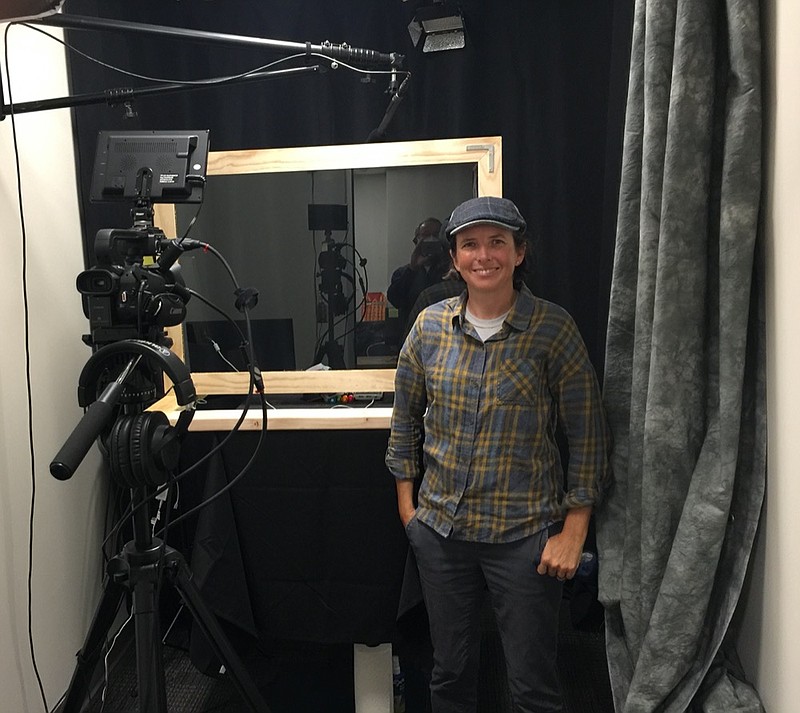Sarah Canatsey, Ph.D., an instructional developer and online-learning expert at the University of Tennessee at Chattanooga, has some tips if you're struggling with home teleconferencing or video-making.
She says it boils down to videography basics: lights, cameras and interactions.
Canatsey, who works in the Gary W. Rollins College of Business at UTC, is busy this semester coaching faculty on how to switch their former in-person courses to online learning.
But her strategies will work for anyone, she said, from K-12 schoolteachers working from home to office workers who have traded a downtown cubicle for a home office due to COVID-19.
Attention to a few crucial details, Canatsey said, can make all the difference.
" ... You are not making a [theatrical] movie, but you can get your sound and video right," Canatsey said. "It's not difficult to do."
* Canatsey's first tip for successful video streaming: Buy a better microphone.
"If you have been in [video] production of any sort, you know to get your sound right," she said. " ... If you go from a computer mic to even a $40 USB mic, you have increased your quality."
Too, sometimes people turn their audio too high and it can lead to sound skips and distortion, she said.
* Be mindful of your video backdrop, she said. Some people even invest in green screens so they can project custom background images such as still photos or videos.
"[Be] very YouTubey," Canatsey said. "[Think], here is my space that I record in. It's got a little plant. The lighting is fine."
* On lighting, Canatsey said three-zone lighting is the gold standard for home video streaming and video-making.
"If you can do it, have three light sources," she said. "Have your key [front] light, have your fill [middle light] and your back [light]."
Canatsey said a collection of table lamps can do the trick. Or an internet search for "lights for Zoom or web casting" will yield tons of low-cost alternatives, she said.
* Beware of sitting too close to windows, she said. Faces can be washed out by bright sunlight.
"If you choose to be near a window, you need to choose the times of day you are recording," she said. "If the sun is bright, you can put a sheet over it and create diffusion, which will make your whole room brighter."
* Pay attention to framing your face in the camera during Zoom calls and videos.
Canatsey says some people position their camera so their face is too low in the video frame. Just making sure your image is squarely in the screen is Video 101, she said.
"Little things like this can make a huge difference," she added.
* Know when to scheduled a Zoom meeting and when to simply post video, she said.
Canatsey said some people might be overusing Zoom, the popular teleconferencing app, when they really only need to convey information through a pre-recorded video.
For example, universities, more and more, are adding so-called asynchronous classes in which professors post lecture videos that can be viewed any time at the student's own pace. If interaction is not required, videos are more efficient, Canatsey said.
Contact Mark Kennedy at mkennedy@timesfreepress.com.
